How Much Does the Big Mac Meal Cost in Different Parts of the World
The Big Mac has become more than McDonald’s best-known burger. Since 1986, its price has been tracked as a way to compare currencies and everyday buying power around the world. On its own, the sandwich already shows clear differences from country to country. Add fries and a drink, though, and the contrast gets sharper. What feels like an easy lunch in one place can carry the price of a sit-down meal somewhere else.
Switzerland

Credit: Getty Images
The Big Mac is almost a sign of wealth here. The burger alone costs $8.74, and the combo often costs more than $12. Swiss wages help keep things in balance, but travelers are still surprised to learn that the world’s most common fast food meal costs more than many sit-down lunches.
Uruguay
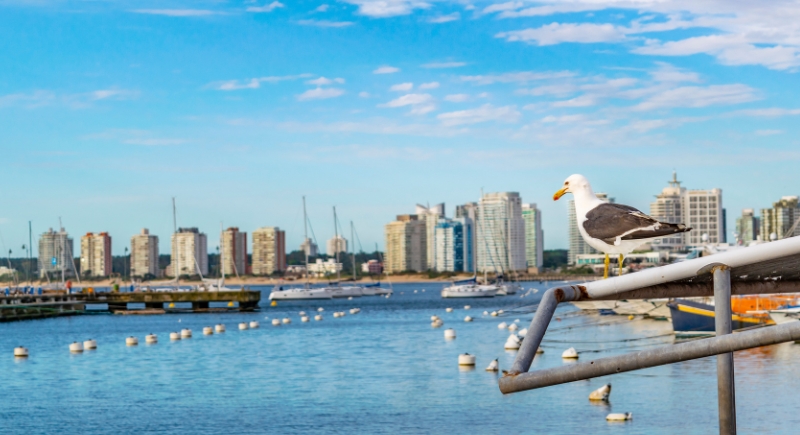
Credit: Canva
With a $7.07 Big Mac, Uruguay has moved up the index. People here see McDonald’s as a comfort food and a sign of wealth. The whole meal costs more than $10, including fries and a drink. It shows how South America’s smaller countries have to pay the same prices as everyone else when they add taxes and imports to their daily menus.
Norway
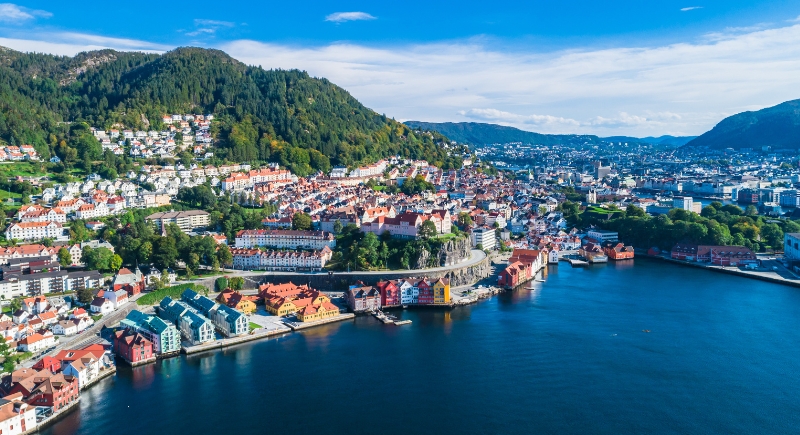
Credit: Getty Images
The abundance of oil and high living standards are reflected in Norway’s menu boards. Total bill will cost you $11 (based on $6.77 burgers). It comes as no surprise to Norwegians, but to tourists, fast food in this country is anything but quick and cheap.
Argentina
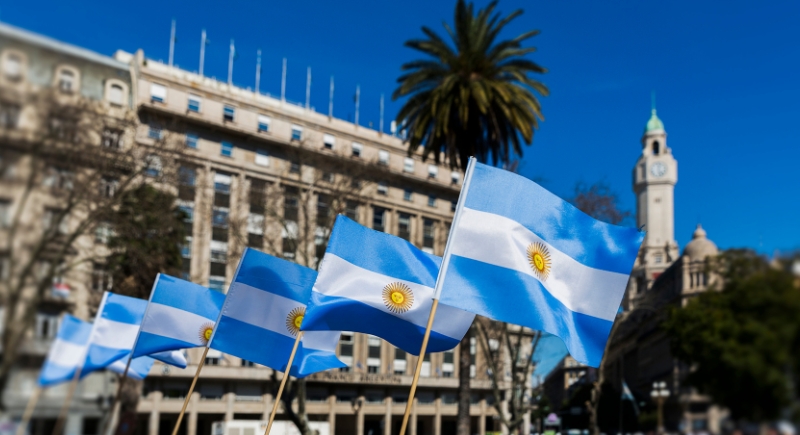
Credit: Getty Images
In Argentina, the Big Mac has turned into a rough gauge of rising prices. At $6.55, it feels steep in a country where paychecks stretch less than in wealthier economies. Order it as a meal, often $9 or more, and it doubles as both lunch and a reminder of the inflation that shapes daily life.
United Kingdom
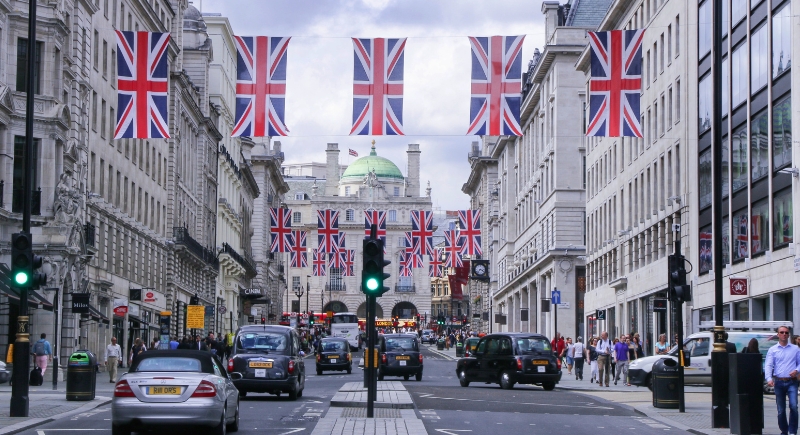
Credit: pexels
Britons pay $5.90 for the burger, but it stays popular because of nostalgia. It’s a taste that people have known for years because of advertising. Even though the meal costs almost $9, it competes with lunch deals on the high street, keeping its place as a steady, well-known option.
United States
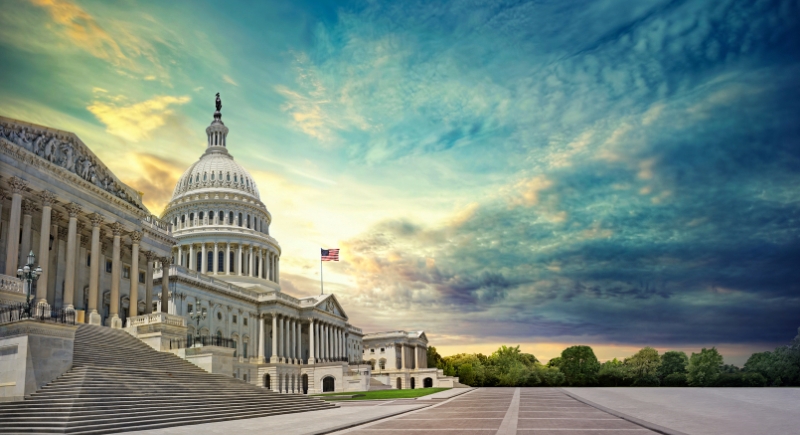
Credit: Getty Images
In America, the Big Mac is a cultural artifact as much as a menu staple. At $5.69, with meals climbing past $10, it’s still positioned as “value.” New $8 meal deals in 2025 show how McDonald’s keeps testing price psychology, proving the combo is never just about calories.
Denmark
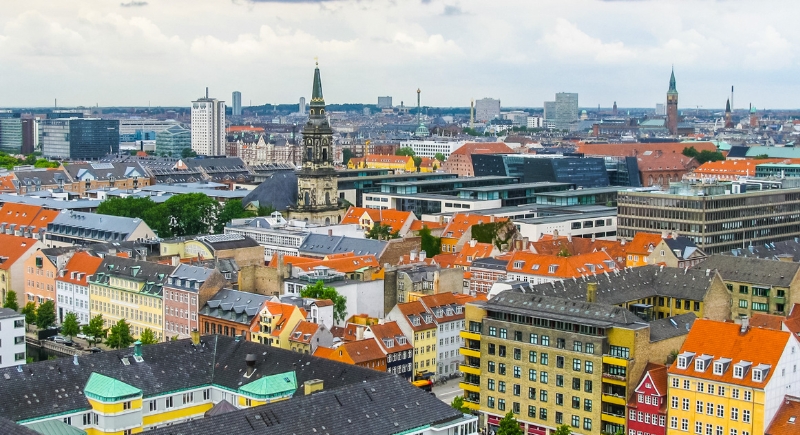
Credit: Canva
Danish customers know they’re not getting a good deal. A burger that costs $5 or more becomes $9 with fries and a drink, which is in line with labor models that value fair pay over cheap menus.
Canada
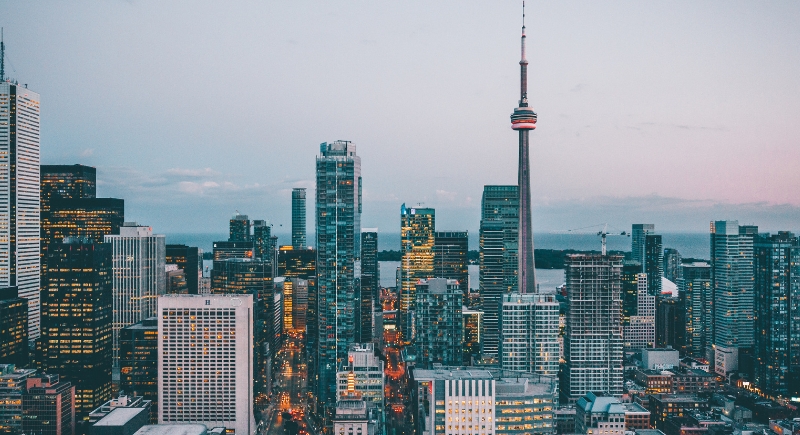
Credit: pexels
At $5.64, Canada tracks closely with the U.S. But here, regional taxes and exchange rates create subtle shifts in perception. A $10 combo in Toronto may feel fair, while the same price in rural provinces feels steep. It’s the same meal, reframed by geography.
Sweden
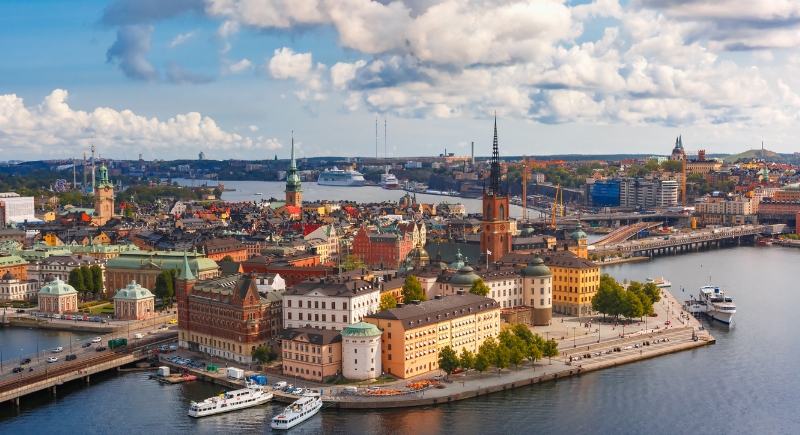
Credit: Getty Images
Sweden’s $5.82 burger keeps McDonald’s competitive in a country where eating out can cost double. The chain positions itself not as a luxury or a bargain but as a middle ground, which is affordable, steady, and consistent. Around $9 for the meal makes it a practical fallback for both teens and commuters.
South Korea

Credit: pexels
South Korea is one of the few markets that shows how fast food can change. At $3.99 for the burger and $6–7 for the meal, it sits below many local chains. Pair that with menu innovations like bulgogi burgers, and the Big Mac becomes part of a broader cultural experiment in blending global and local tastes.
Oman
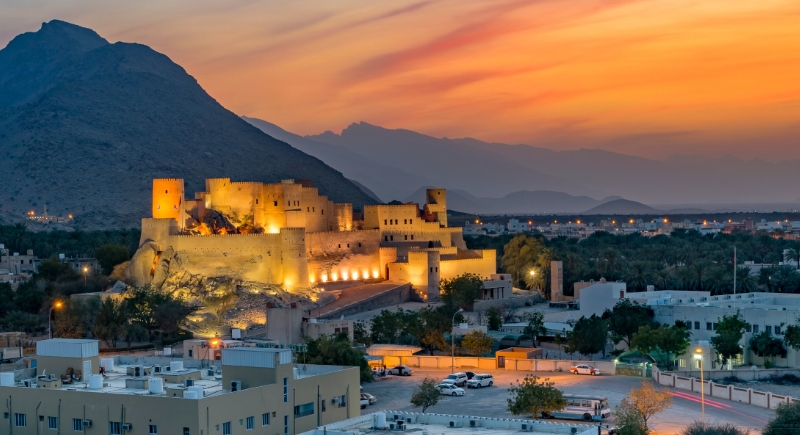
Credit: Getty Images
The $3.97 Big Mac in Oman shows how subsidies and stable costs can influence global prices. Meals generally stay in the $6–7 range, so they’re considered affordable despite regional imports. For many Omanis, this combo isn’t seen as an indulgence but rather a familiar, convenient choice during the week.
Hungary
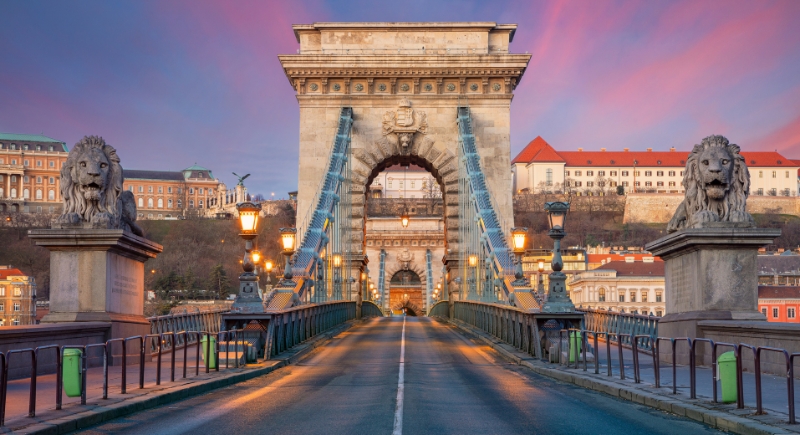
Credit: Getty Images
Hungary’s $3.90 Big Mac, with meals under $6, makes it one of Europe’s cheapest stops. The affordability is both economic and strategic. McDonald’s holds firm against local bakeries and cafés by making sure its combo feels like an easy, reliable grab-and-go.
China
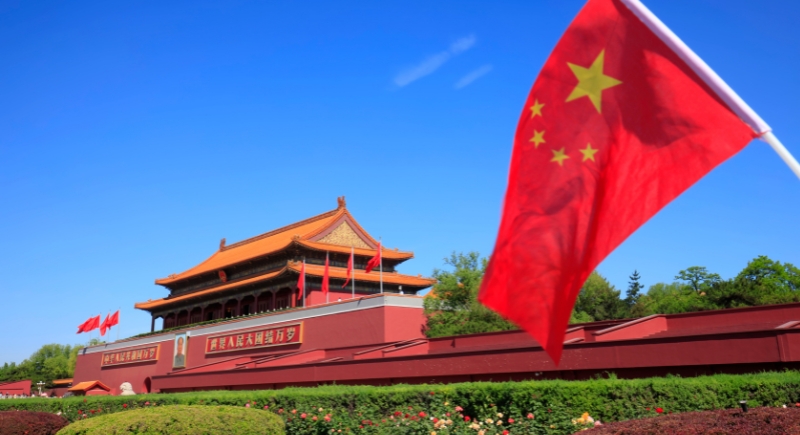
Credit: Getty Images
China’s $3.53 Big Mac shows the power of scale. With localized supply chains and dense urban markets, McDonald’s delivers global branding at local prices. A $6 combo becomes both an everyday purchase for middle-class families and an affordable treat for students chasing comfort food.
Japan
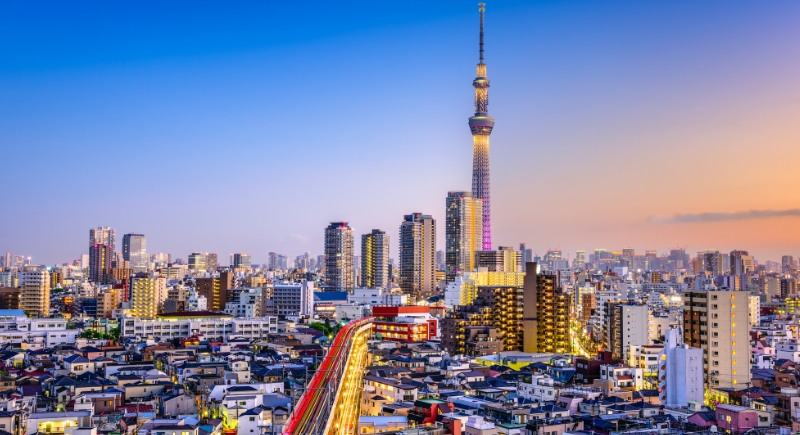
Credit: Getty Images
In Japan, a Big Mac runs about $3.19, with the full meal landing near $5.50. It’s a steady option in a country where convenience stores sell bentos at a similar price and restaurants offer endless variety. That consistency is what keeps McDonald’s relevant—people know exactly what they’ll get and what it will cost.
India

Credit: Getty Images
In India, the stand-in for the Big Mac is the Maharaja Mac, sold for about $2.75. A full meal usually runs between $4 and $5, priced low enough for students while still carrying a sense of status for many families. By swapping beef for chicken or vegetarian patties, McDonald’s keeps the brand both familiar and acceptable in a country where food choices are tied closely to culture.
South Africa
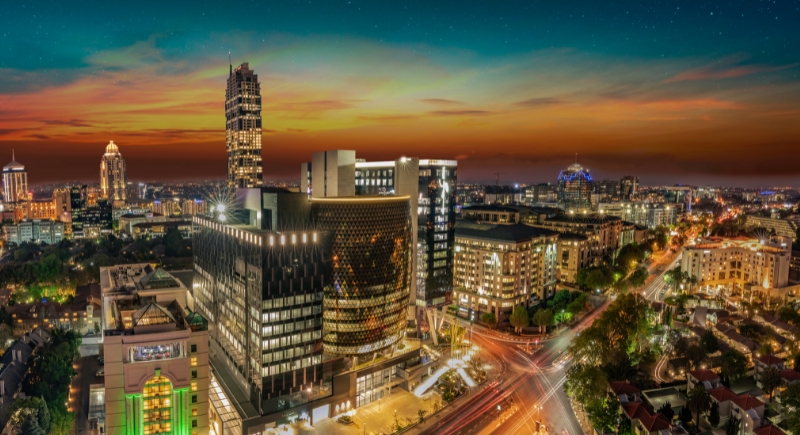
Credit: Getty Images
Here, the golden arches symbolize global consistency in a market where prices often change quickly. South Africa’s $2.85 Big Mac makes combos around $5. Even with inflation pressures, McDonald’s stays competitive against local fried chicken chains.
Egypt
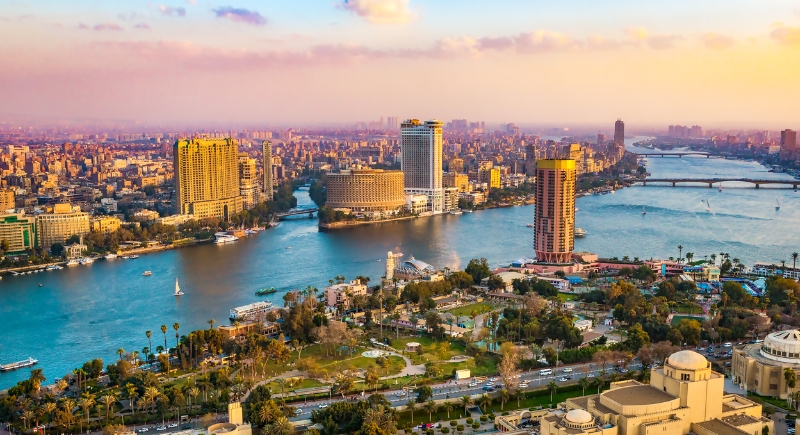
Credit: Canva
Egypt sits near the bottom of the index, with a $2.47 burger. Meals at $4.50 fit neatly into middle-class budgets, keeping McDonald’s a reliable urban option. Yet every price shift sparks discussion and makes the combo a small but visible indicator of broader economic change.
Indonesia
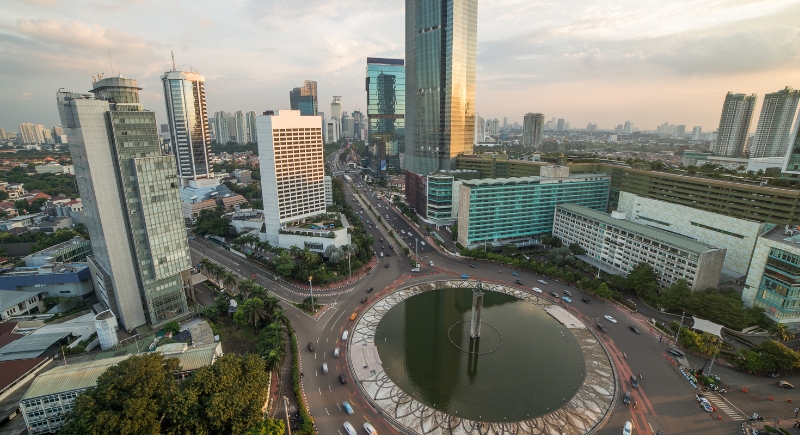
Credit: Getty Images
In Indonesia, a Big Mac costs about $2.46, with the meal priced near $5. For a fast-growing middle class, it sits right between everyday affordability and a small treat. The country’s expanding cities and huge demand give McDonald’s the scale to keep prices low while still framing the combo as something a bit special.
Philippines
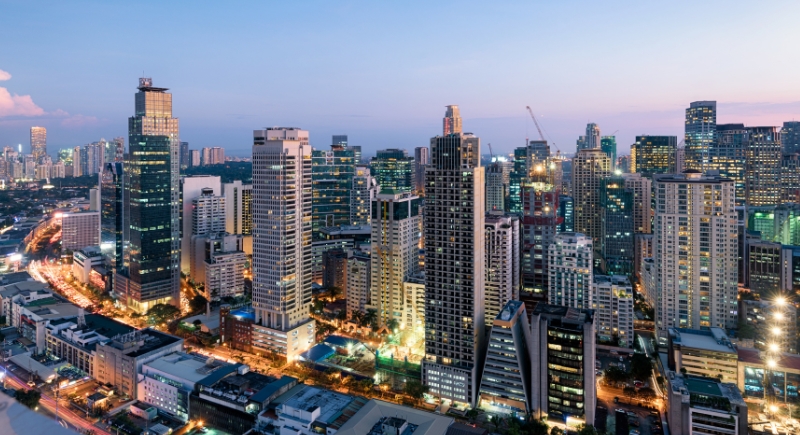
Credit: Getty Images
Local fans often treat it as both a quick fix and a badge of global culture. The Philippines prices its Big Mac at $2.86. A $5–6 meal balances affordability with brand prestige, especially for younger consumers. The meal is seamlessly blended with homegrown fast-food favorites like Jollibee.
Taiwan
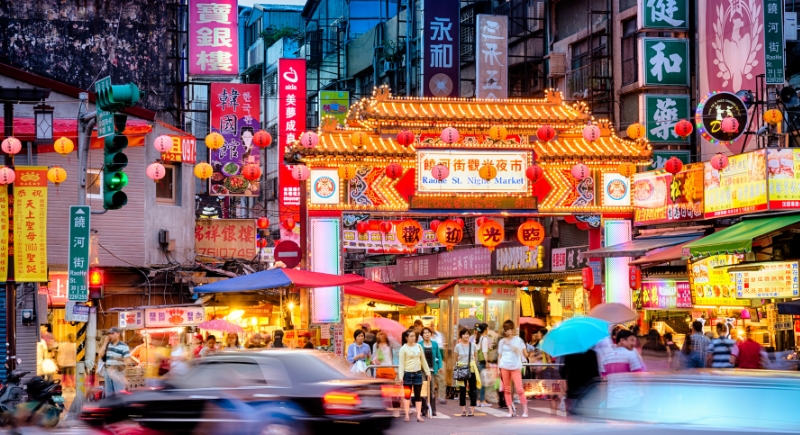
Credit: Getty Images
The prices are the lowest in Taiwan. A burger costs $2.28 and a meal costs less than $5. There’s nothing fancy about ordering a Big Mac. It’s a regular fast food in this region. That pricing strategy makes McDonald’s easy to get to and a big part of Taiwan’s fast-paced city life.